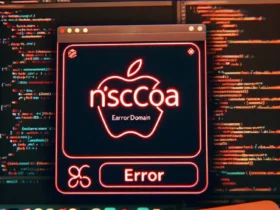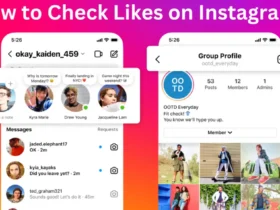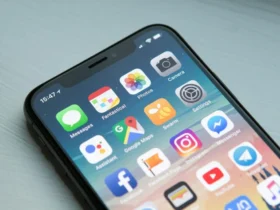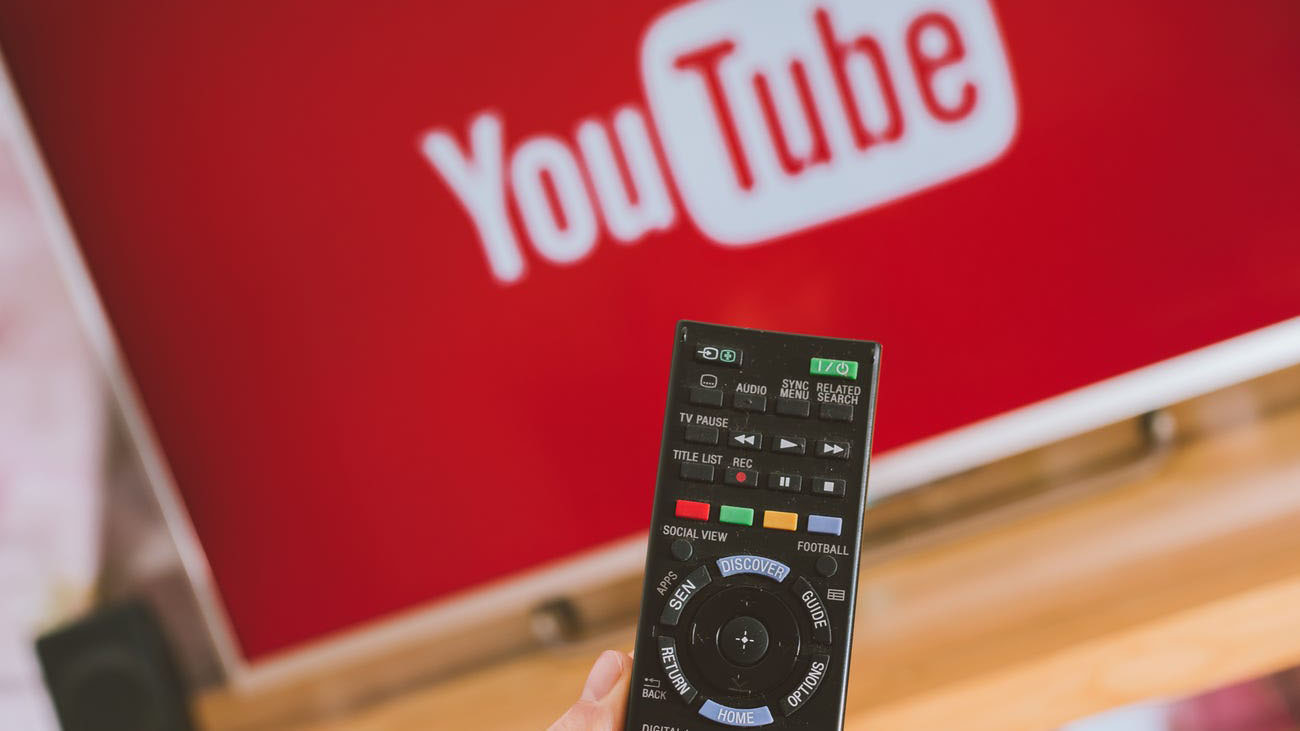How To Choose Logo Maker Apps for Your Business: 4 Tips
The logo is a reflection of the brand. One image should fully reflect the idea and mission of the company. This is what pops up in the minds of customers when they remember your product. This is why the task of creating a logo is so complex and controversial.
To do this, you need a logo maker to help you make a logo with minimal effort. The main task will remain to give it individuality and not leave one of the templates offered in the tool for your business.
Today, there are many logo design programs that can help you create an interesting and unique image, even with a limited financial budget. Here are 4 simple tips on how to choose the perfect tool.
No. 1. Vector or raster
The most important question is where to draw a logo – in vector or raster graphics. Of course, it’s better in vectors and here’s why.
Raster graphics are a format of pictures, the image of which consists of small cells. If you do not zoom in on the image, they are not visible, but when you zoom in, you will see the mesh. The familiar bitmap editor Photoshop has a huge palette of shades and the ability to adjust their smooth transitions – this is the ideal photo editor, but for working with a logo it is far from the best tool.
A vector consists of control points connected by curves, which not only makes the image clear without loss of quality even when zooming in but also makes it easy to give it any shape, which cannot be achieved in a raster. In addition, vector graphics allow you to make edits at any stage of the work, which also cannot be boasted by raster applications.
If the logo consists of an image that requires a smooth transition of colors, it is better to work in a raster, and for tasks where there is text, use only a vector. Most logo designers today create them exclusively in vector graphics.
No. 2. It all starts with a sketch
When creating a logo design, it all starts with a sketch. Most designers draw it by hand, then scan it, open it in the program and then draw it in a vector, bypassing raster graphics.
This is the most optimal option, because Freehand sketching is much easier, and if you do not like some options, it is better to draw a few more on paper than working on a computer. This method is chosen by both beginners and professionals, but some designers at the sketch stage immediately turn to graphics.
There are applications in which it is easy to draw everything from scratch, for example, Photoshop (for a logo where there is no text) or Illustrator (for any logos), and there are those where, when you add a scanned sketch, you can quickly draw everything in a vector and complete the work. with a logo, for example, applications with ready-made templates like InDesign.
No. 3. Paid and free apps
When choosing a tool, consider the budget and complexity of the logo. If the budget allows paid programs, it is better to focus on them, because they give you more options to work with and have a lot of built-in tools. The best of them: Illustrator – the subscription is expensive, but the possibilities are endless, and Canva, which is used by thousands of designers around the world, because it has all the necessary tools, at an adequate subscription price.
Free builders provide a minimum of tools with many templates that are easy to edit and customize. They are easy to use even for beginners because they do not require deep knowledge. Some programs have more advanced paid subscriptions (Logo Maker), and some are completely free (Inkscape).
No. 4. Just about complicated
A program for aspiring designers doesn’t have to be difficult to work with. Start with a simple logo Maker, that can help you make a logo even from your smartphone. This and similar programs are based on the principle of dragging and dropping ready-made elements. It is enough to choose several components, combine them into a single composition and the logo will be ready. For professionals, Illustrator is more suitable, where there are no ready-made templates, only a blank sheet and an ocean of opportunities for realizing inspiration.
Conclusion
When choosing the perfect logo maker app for your business, rely on your knowledge, budget, and logo wishes. The choice is always yours: create raster images with a unique color rendition or use a vector for any tasks with text and organic images, choose free programs to quickly create simple logos, or buy a subscription and create a unique design.
Create only a unique logo for your product, because this is its business card.








Leave a Reply